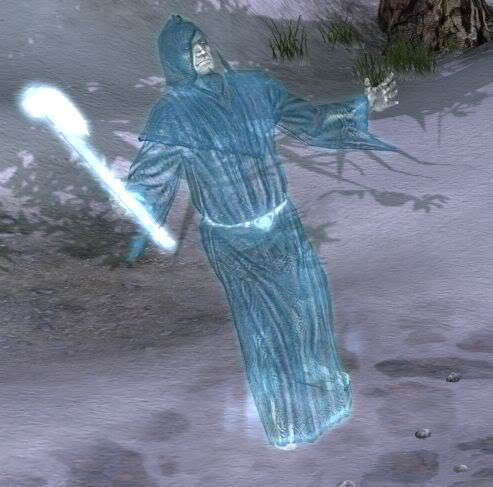
Which is a generic twist, but it largely works here because it stems out of the degree to which we do not know this version of the Doctor or what he’s going to do.Įqually interesting is the book’s beginning, which repeatedly teases the reader with the possibility that the Doctor is arriving in the narrative before finally slipping him in the back door so that we don’t realize he’s there for several pages.

The story builds towards a decent surprise as the Doctor opts to let the villain drive, having decided that the villain cannot be redeemed, actively lets him die. Since we also don’t understand him at the moment, this is compelling. The Doctor is a black box within the story – we get nothing of his thoughts, and only watch him through the eyes of characters who do not understand him.

Not necessarily its prose style, which is functional, but its narrative style. But what’s remarkable is the novel’s sense of tone. It clears the deck only to set up the chairs exactly the way they had been. The Burning, if taken at a level of plot, is, as we noted, spectacularly pointless. Underneath all of this traditionalism, however, is a fascination with the tone and texture of the novel. Why break from the past if all you want to do is recreate it? It’s not as though every writer other than those touching the War arc weren’t churning out generic Doctor Who. All of the effort of The Ancestor Cell was intended to lead to this? The point of the exercise was to create a radical break such that Doctor Who was no longer beholden to its past, and what we get for our trouble is the most traditionalist plot imaginable.

I mean, there’s something genuinely startling and difficult to explain here. Which begs the question of why anyone bothered. So we have a Victorian setting, a pool of secondary characters who are steadily killed off, a military whose effectiveness is damaged by their failure to trust the Doctor enough – it’s basically “put the Hinchcliffe era in a blender, then cook at medium heat until a thick reduction forms. There aren’t actually a lot of Doctor Who stories set in the Victorian era, but because Doctor Who has so many roots in Victorian imagery and concepts it feels iconic and proper to put the Doctor in a Victorian setting. In many ways the real giveaway is the Victorian setting. The story is self-consciously the most traditional Doctor Who story imaginable. The novel goes out of its way to include the standard elements of Doctor Who, including a military whose failure to trust the Doctor exacerbates the situation.

Given all of this, what is striking about The Burning is its traditionalism. Written by newly installed editor Justin Richards, it was a huge deal as a novel simply because, well, in the previous book the Eighth Doctor Adventures blew up everything they had been doing so far and most of what defined Doctor Who, and everyone was understandably curious where they were going with all of this, if somewhat less than enthused. While in books, The Burning: the big relaunch of the Eighth Doctor Adventures’ fabled new direction after the excesses of Lawrence Miles. (He’ll die in October, just over a month later.) And Reggie Kray is released from prison due to his expected death from bladder cancer. Hunley is raised to the surface, and four days later the Russian submarine Kursk sinks to balance the scales. In news, riots break out on a council estate in Portsmouth as over a hundred people attack the home of someone named as a pedophile by News of the World. Craig David is at number one with “7 Days.” Robbie Williams unseats him a week later with “Rock DJ,” then comes Melanie C with “I Turn To You,” and finally Spiller with “Groovejet (If This Ain’t Love).” Ronan Keeting, Janet Jackson, Britney Spears, Eminem, and Storm also chart.


 0 kommentar(er)
0 kommentar(er)
